table of contents:
Choosing the right thread for your sewing machine depends on the type of fabric you're working with. To prevent thread breakage at the worst possible moment and achieve strong seams, you need to choose between polyester, cotton, or specialty sewing machine threads.
the secrets to selecting the ideal thread for your machine and fabrics, avoiding loops, saving money without compromising quality and even repairing stubborn spools.
The different types of sewing machine thread
Choosing the right sewing machine thread is essential to ensuring the quality and durability of your textile projects. From traditional cotton, versatile polyester, and specialty threads like nylon or metallic, each type offers specific benefits depending on the application. Here's an overview of the main options available to help you select the best thread for your creations.
Cotton thread: a timeless classic
Cotton thread is a traditional choice for sewing. It's a natural, supple, and pleasant-to-use thread. Among sewing machine threads, it stands out for its ability to adapt to natural fabrics and provide an aesthetically pleasing finish. While not the most durable, it remains popular for decorative projects or lightweight clothing.
Cotton thread stands out for its softness and matte finish and is used for lightweight fabrics such as cotton or linen. This type of thread is not suitable for heavy-duty use or for sewing stretchy fabrics.
It is more suited to seamstresses looking for naturalness and simplicity and remains sensitive to shrinkage after washing. Used with a semi-professional sewing machine , however, it allows for a precise and regular stitch, ideal for neat finishes on delicate fabrics.

Polyester thread: strength and versatility
Polyester thread is a standard for sewing with modern sewing machines. Strong and elastic, it withstands washing and wear well. Polyester thread is suitable for many fabrics, especially synthetic and thick ones. It is a reliable choice for everyday clothing or demanding projects.
|
Comparison of the characteristics of polyester and cotton threads for sewing machines |
||
|
Properties |
Polyester thread |
Cotton thread |
|
Resistance |
Very strong, ideal for strong seams |
Medium strength, suitable for light projects |
|
Washing behavior |
Resists shrinkage and warping |
Shrinking and production gallows |
|
Elasticity |
Elastic, returns to shape after stretching |
Not very elastic, risk of deformation |
|
Adaptation to tissues |
Synthetic, stretchy and thick fabrics |
Natural (cotton, linen) and fine fabrics |
|
Visual aspect |
Light gloss, modern look |
Matte appearance, traditional finish |
|
Price |
€€ (economy format available in large cone) |
€ to €€ (varies depending on Egyptian or organic quality) |
|
Sustainability |
Long-lasting |
Possibility of accelerated wear |
Polyester thread is ideal for regular projects and thick fabrics. It is suitable for most sewing machines . It comes in different thicknesses to suit your needs. Choose this thread for strong and durable seams. You will appreciate its value for money, especially in large cones.
Specialty threads: nylon, metallic and elastic
Specialty threads meet specific needs. Nylon is durable and can be used for sewing leather or denim, metallic thread adds a shimmering decorative touch, and elastic thread is used for stretchy fabrics. These sewing machine threads require special attention for optimal results.
Here are the recommended uses for each type of specialty wire:
- Nylon thread: used for thick fabrics like denim or leather, providing increased strength for stressed seams
- Metallic thread: ideal for decorative embroidery and sparkling finishes on clothing or accessories
- Elastic thread: essential for sewing stretchy fabrics, ensuring that seams hold well when stretched
To avoid breakages with specialty wires, follow these tips:
- Adjust the tension of your machine
- Choose a needle that matches the thread size
- Test on a piece of fabric before the final project
- Store your specialty threads away from moisture to preserve their quality.
These precautions ensure clean, long-lasting results. Find the perfect thread for your next project! Discover the wide selection of Verotex threads today.
How to determine the correct thickness?
The numbering system (Tex, Denier) indicates the thickness of the thread. The lower the number, the finer the thread. This system allows you to choose the thread according to the fabric and the machine. Tex is often used for overlock threads , while Denier is used for standard threads. This is an essential criterion for optimal tension.
For lightweight fabrics , choose a fine thread (Tex 30 or Denier 50). If you are working with thick fabrics , a thicker thread (Tex 50 or more) is recommended. The buttonholes should have a strong thread, but not too thick to fit through the button holes.
The only way to avoid breakages or uneven stitches is to match the thread to the machine . A good thread-to-fabric match ensures clean and strong seams. Bring your creations to life with Verotex's premium sewing machine threads. Visit our site now and discover the difference.

Formats and packaging of sewing threads
Sewing threads come in a variety of sizes. While standard spools are ideal for occasional use or specific colors, large cones are ideal for regular sewers. Boxes of assorted spools allow you to vary the shades without having to buy multiple individual spools. Each size meets specific needs.
Here are the criteria for choosing between formats:
- Small spools : perfect for one-off projects or special shades, easy to fit into limited stock
- Large cones : ideal for frequent use, with an advantageous price per linear meter in the long term
- Mixed packaging : Colored spool sets offer variety without overinvesting in a single shade
Larger packages are often more economical per unit. A 3,000- to 5,000-meter cone costs less per meter than a 100- to 200-meter spool. For quality, trust trusted brands like Fil Français for consistent, strong threads. Test the thread before buying in bulk to check its consistency and machine resistance. A good thread glides smoothly, resists breakage, and produces clean seams.
Solutions to Common Sewing Machine Thread Problems
Experiencing problems with sewing machine threads can quickly complicate your sewing projects. Whether it's frequent breakage, unexpected knots, or annoying loops, these problems often have simple, preventable causes. Discover practical solutions to ensure smooth, snag-free sewing.
Why does the thread break while sewing?
There are several reasons why the thread breaks during sewing:
- Tension too tight, especially with palm threads
- A poor quality thread
- The needle is not suitable for the thickness of the thread or is used
- Incorrect threading that blocks the smooth passage of the thread through the guides
To resolve the tension issue, adjust it according to the thread you're using. Selecting quality sewing machine threads from reliable brands will help you avoid structural weaknesses. Also, remember to test the thread by pulling it lightly before threading the machine.
Use a new needle that is the right size for the thread. Check the threading step by step to eliminate unnecessary friction. With a sewing and embroidery machine , it is even more important to set each parameter correctly, as these models require increased precision to avoid frequent breakages.
How to avoid knots and curls?
Loops under the fabric often come from an imbalance between the upper and bobbin thread tensions. Poor threading or a thread that catches in the guides also causes this problem. Among sewing machine threads, polyester and cotton thread react differently: cotton, being less elastic, loops more easily if the tension is not perfectly adjusted.
|
Troubleshooting Guide for Common Thread Problems |
||
|
Issue |
Probable reason |
Solution |
|
Frequent breakage |
Tension too tight, blunt needle, low quality thread |
Adjust the tension, replace the needle, choose a strong thread |
|
Loops under the fabric |
Tension mismatch between upper and bobbin thread, incorrect threading |
Balance tensions, check threading |
|
Regular knots |
Unwinding problem, tangled wire |
Rearrange the reel or change the spool |
To avoid these problems, take simple steps such as storing your bobbins away from light and moisture, checking the condition of the needles every 8 to 10 hours of sewing and regularly cleaning the thread guides and the bobbin area to remove residue that disrupts the thread flow.
Tips for optimizing the use of sewing machine thread
To ensure the success of your sewing projects, using the right sewing machine thread is as crucial as choosing the right fabric. By matching the thread to the type of fabric, you improve the strength, aesthetics, and durability of your creations. Here are some simple tips for selecting the most suitable thread for each material.

Choosing the ideal thread according to the type of fabric
If you want a good result, always match the thread to the fabric you are sewing. Among sewing machine threads, cotton is suitable for fine natural fabrics, polyester for synthetic and stretch fabrics, and nylon is ideal for thick fabrics. For decorative details, don't hesitate to use embroidery thread , specially designed to add shine and finesse to your designs.
Also check the thread thickness and adjust it to the weight of the fabric. In fact, a thread that is too thick forces the machine, while one that is too thin breaks easily. Only a good combination guarantees strong and discreet seams.
For delicate fabrics like silk, choose a fine polyester thread to avoid tearing. Denim or faux leather requires a strong nylon thread, and stretchy synthetics require an elastic thread to move with the fabric.
Always test a piece of fabric before finalizing the project. Choosing the right sewing machine thread will improve the quality and longevity of your projects.
How to save thread without compromising quality?
Saving thread starts with proper machine adjustment. First, avoid tight tension, which consumes more thread. Next, adjust the stitch length: a short stitch for lightweight fabrics, a long stitch for thicker ones. Always remember to thread the machine properly to avoid unnecessary friction, and choose a quality thread that is less prone to breakage.
There are other tips for saving your sewing machine thread, such as organizing spools by color and size to avoid making mistakes, noting the uses of each thread to avoid duplicates, and using the ends of spools for alterations or art projects.
If you have leftover black thread, save it for sewing on buttons or mending jeans. Finally, consider the power of your sewing machine , as a machine that is too powerful for fine fabrics can lead to unnecessary thread consumption and less precise stitches. Use a compartmentalized storage box to organize your threads and make them easier to use.
Optimal storage of threads to preserve their quality
Protect your sewing machine thread from light and moisture to prevent warping and brittleness. Store it in a dry place in an airtight container or dark drawer. Avoid exposing it to a heat source like a radiator. Careful storage prevents premature deterioration. Properly stored thread retains its flexibility and strength over the long term.
Polyester or cotton thread spools last longer if stored properly. Label each thread with its thickness and purpose to save time.
Always opt for a clear storage system to limit mischoices. In fact, if you store your sewing machine threads incorrectly, they risk curling or breaking easily. To avoid this and ensure clean seams, preserve the quality of the thread from the moment you purchase it. Save money in the long run by avoiding unnecessary replacements.

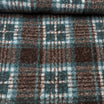

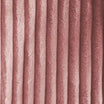

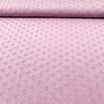
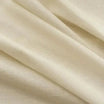
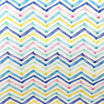
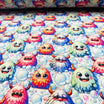



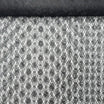
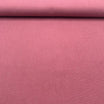
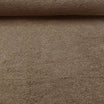

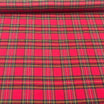
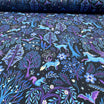
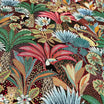

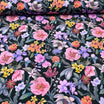
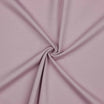
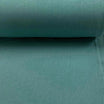
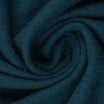
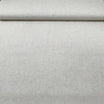
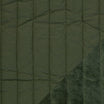
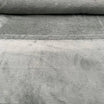
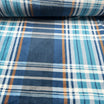

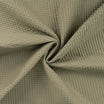





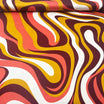


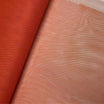

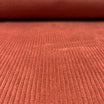
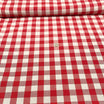
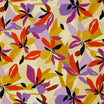
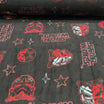
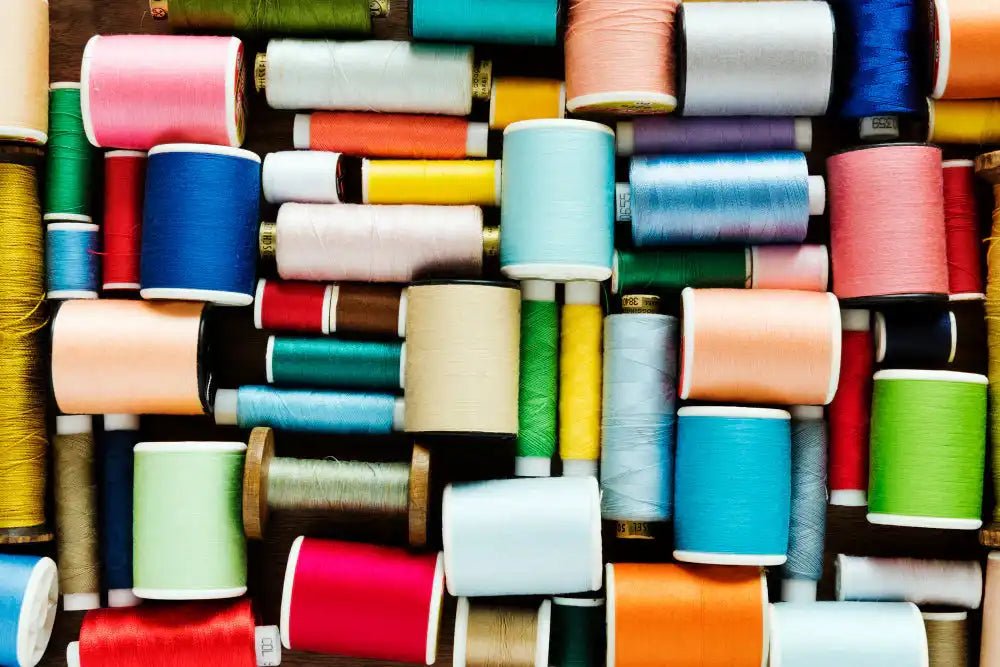

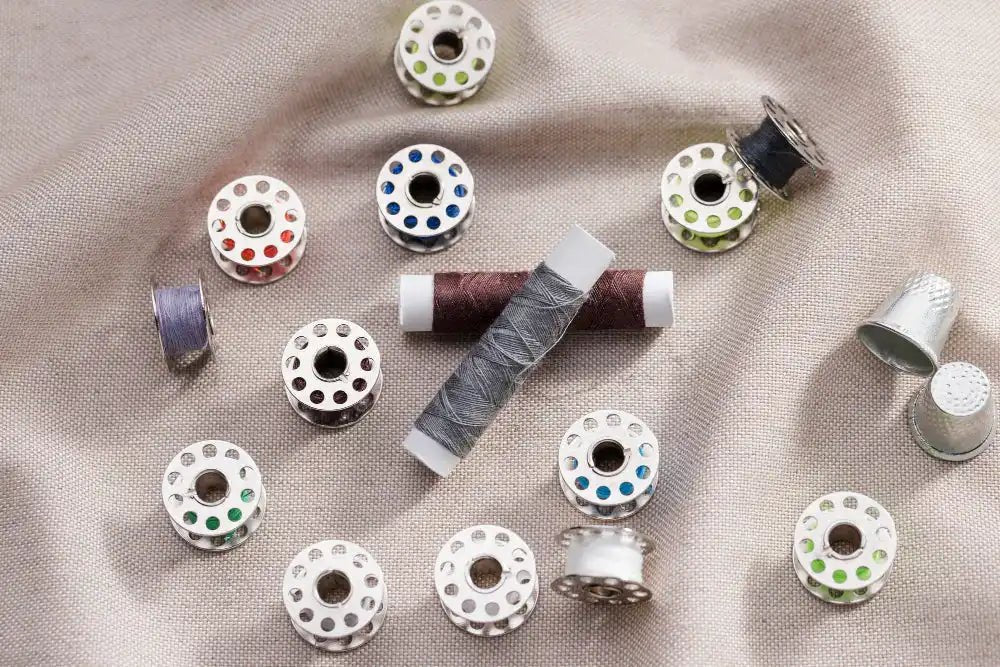
Leave a comment
All comments are moderated before being published.
This site is protected by hCaptcha and the hCaptcha Privacy Policy and Terms of Service apply.